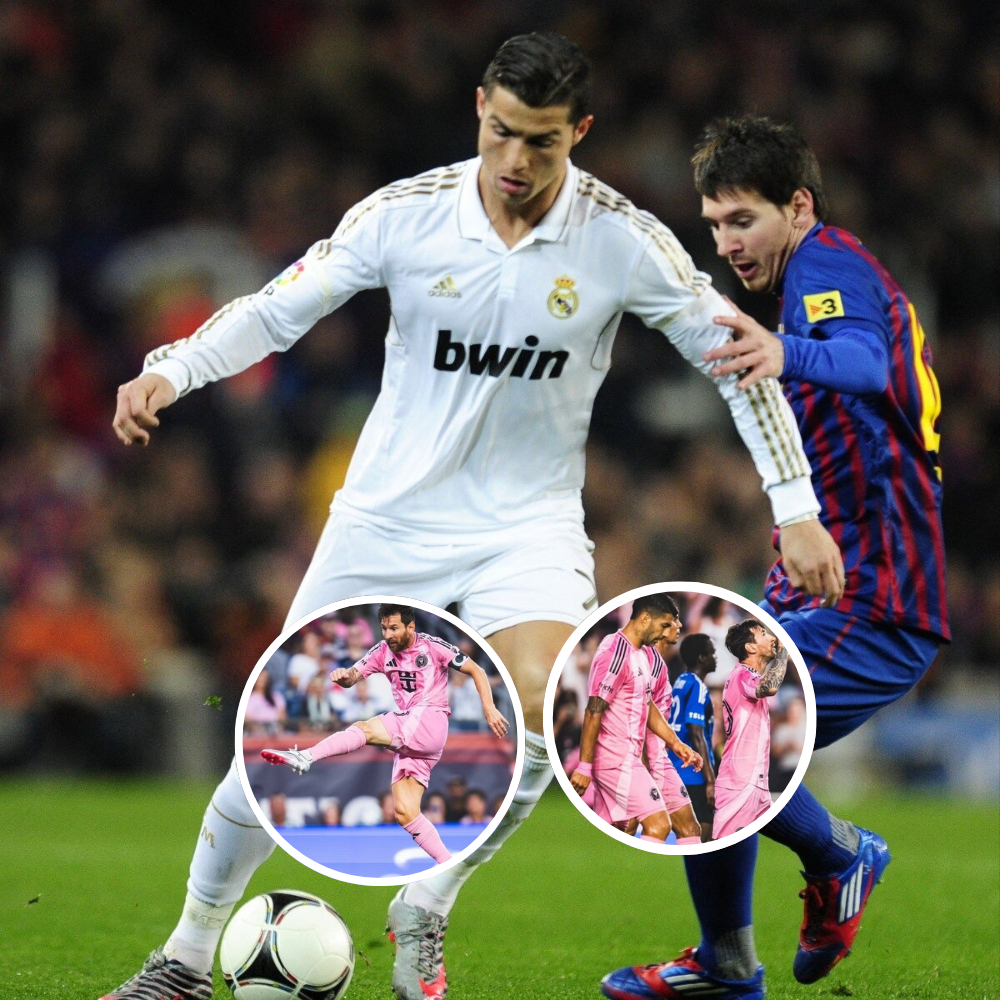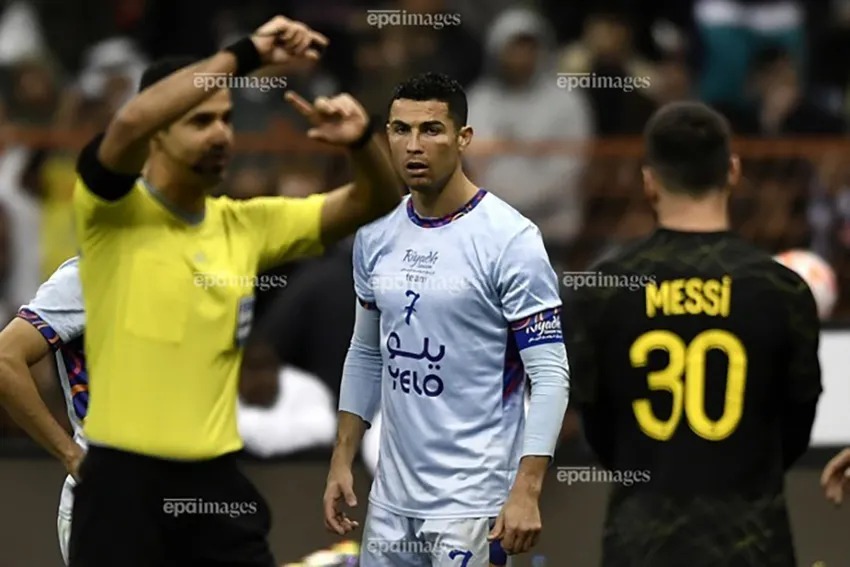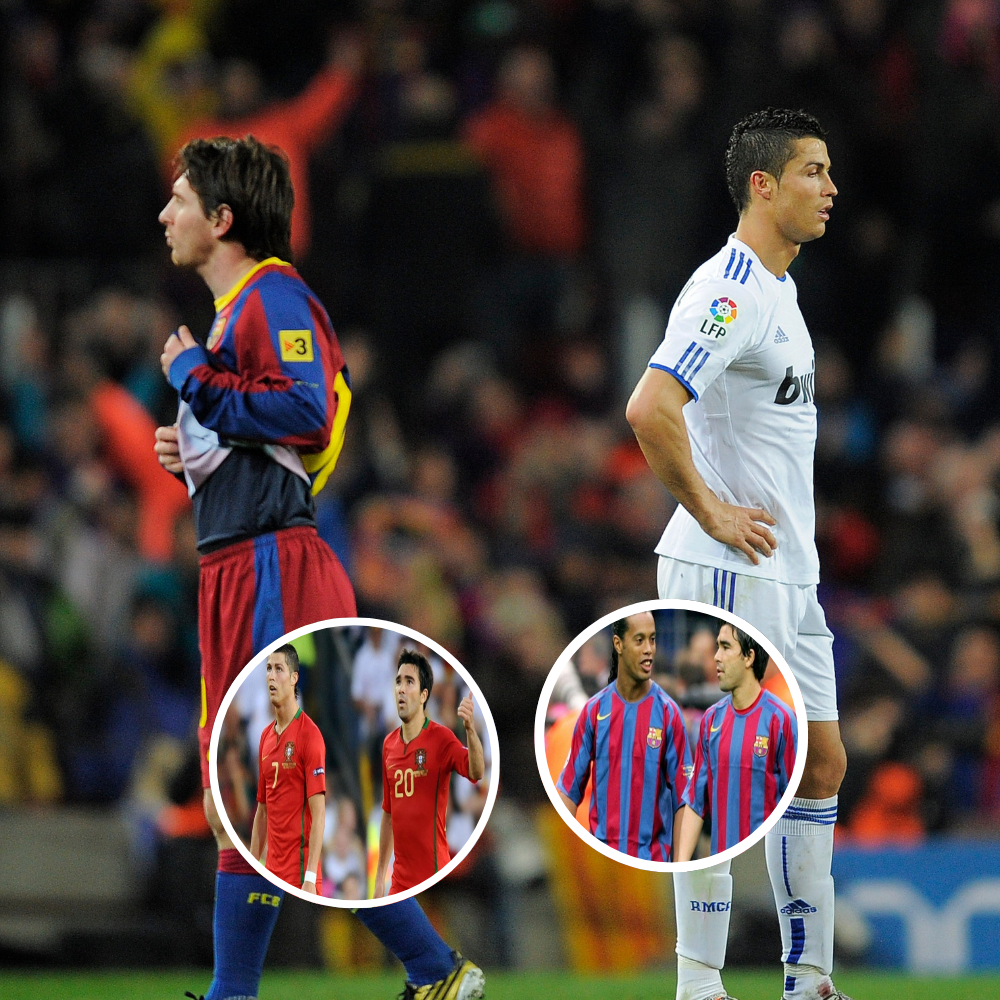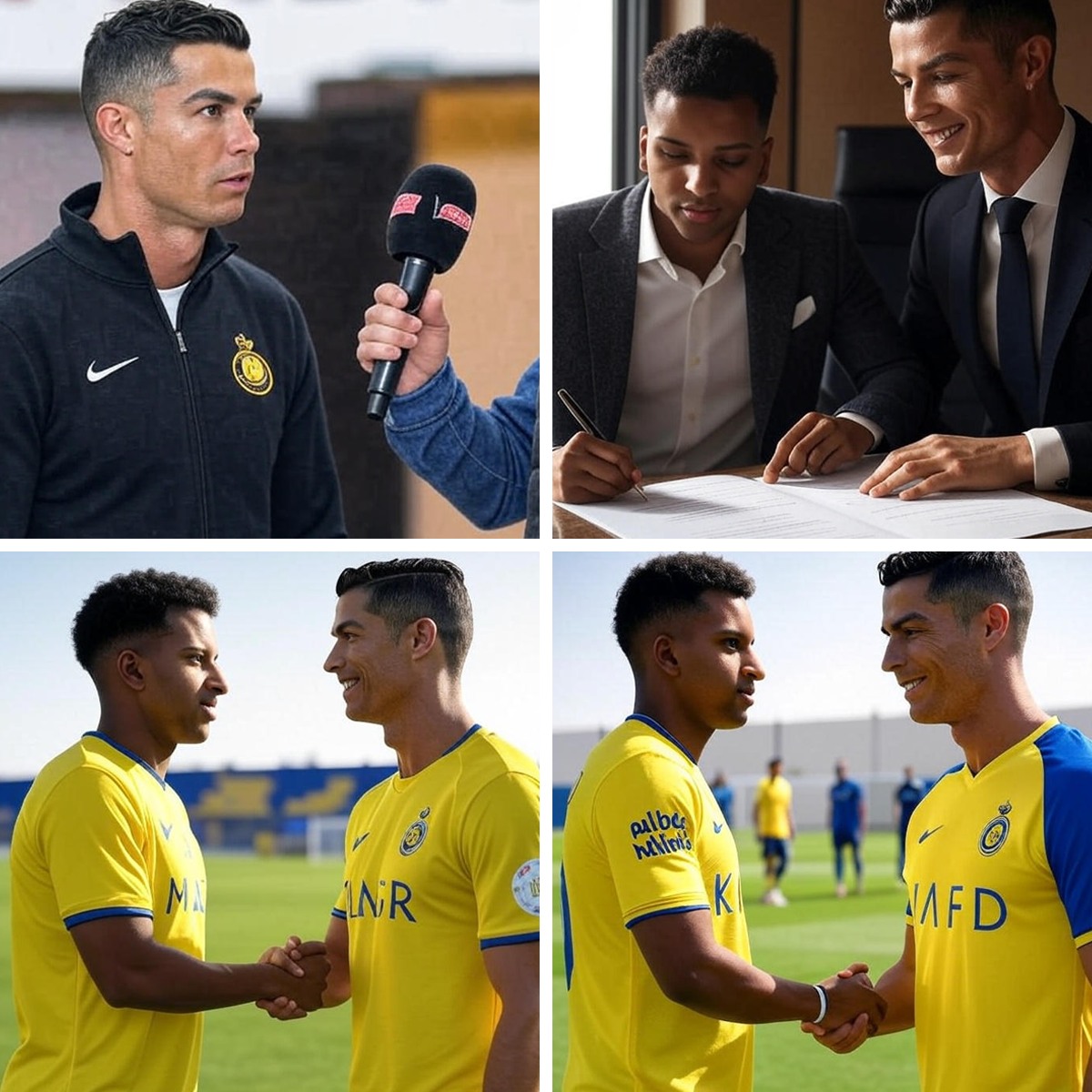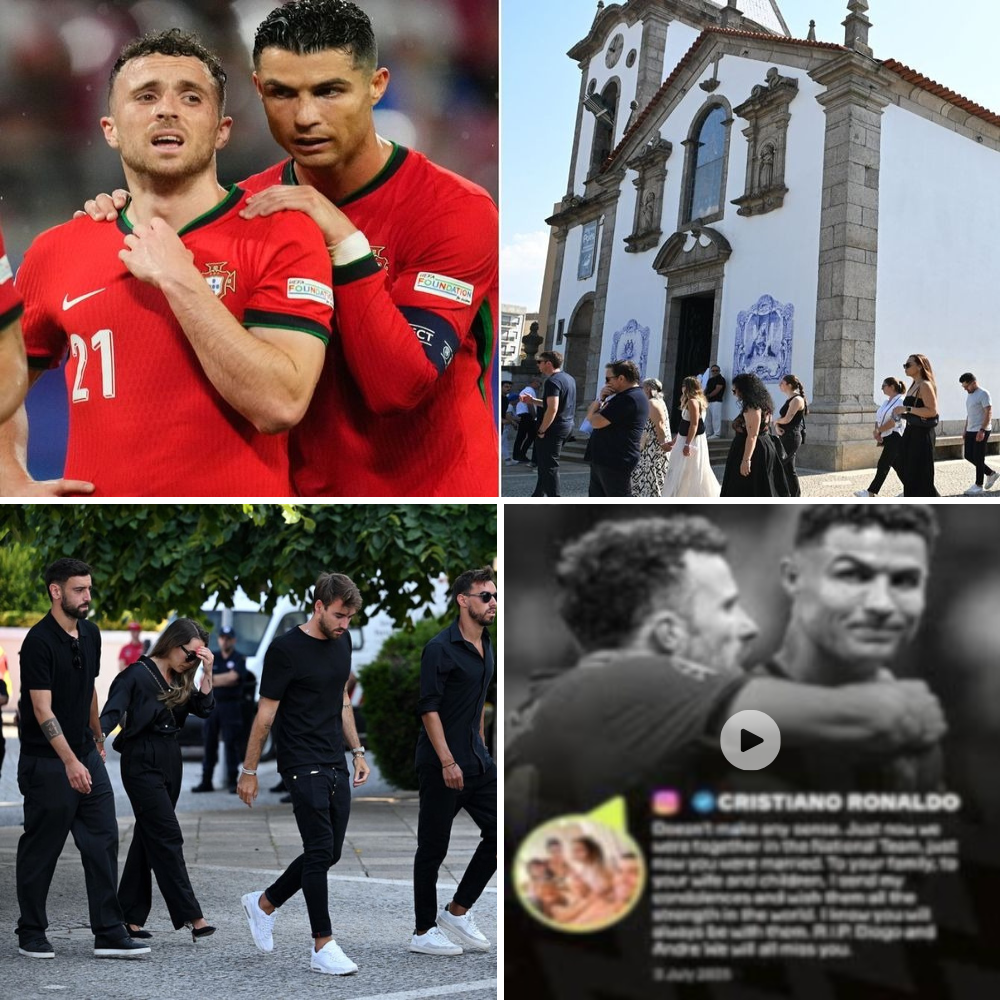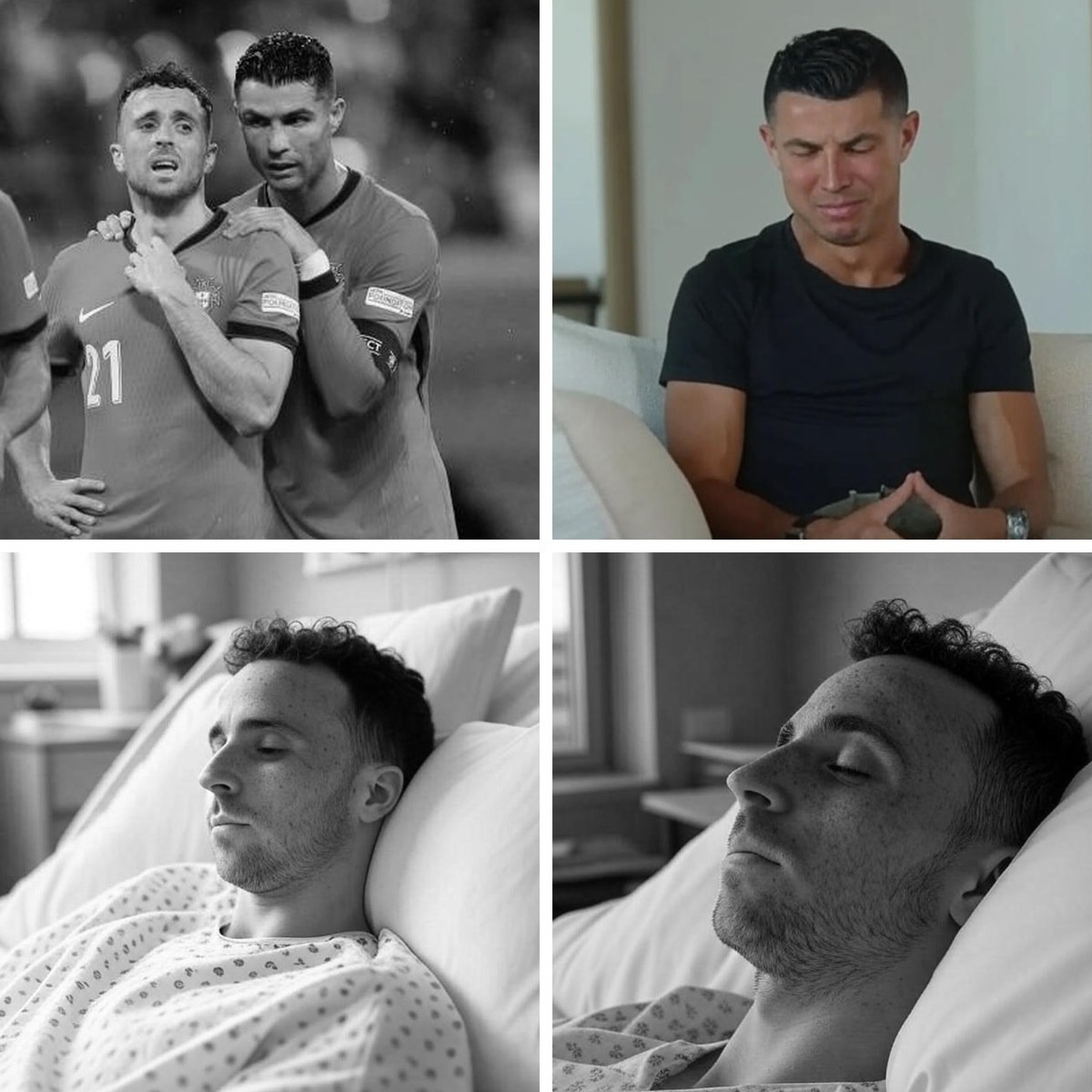Few people know that since he was a child, little Ronaldo Jr. had to practice with players 2-3 years older than him. Ronaldo himself chose that.
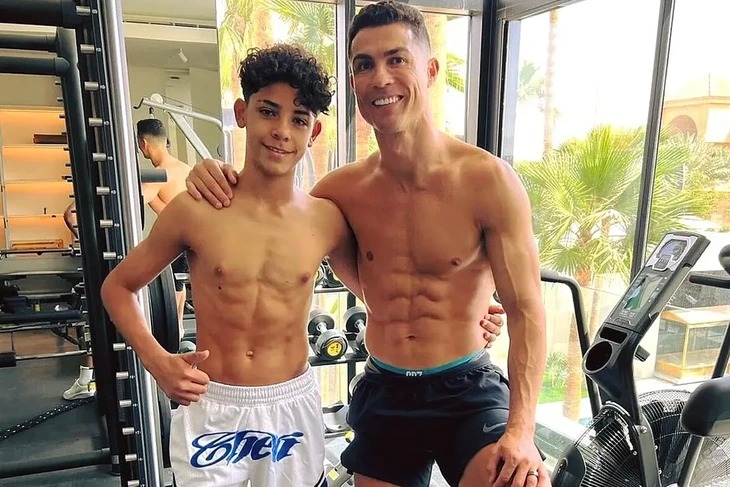
Youngest brother advantage – a special concept of sports science
Nearly 3 years ago, when Ronaldo came to Al Nassr, he also decided to choose the football academy here as a place to hone his son’s talent.
Ronaldo Jr, then not yet 13 years old, was asked by his father to join Al Nassr’s U15 team. It was not an impulsive decision for Ronaldo.
The Portuguese superstar is said to have tried to apply the “youngest brother advantage” training method for his son. In the world of top sports, this is a fairly familiar concept.
Specifically, when a child plays soccer with older, stronger, and faster players, they are forced to adapt, improve their skills, and develop endurance.
This is the principle that forms the “youngest brother advantage” – a concept that is increasingly mentioned in sports development psychology.
There are many examples of sports superstars often being the younger sibling in the family. The closest example is Lionel Messi – Ronaldo’s arch-rival.
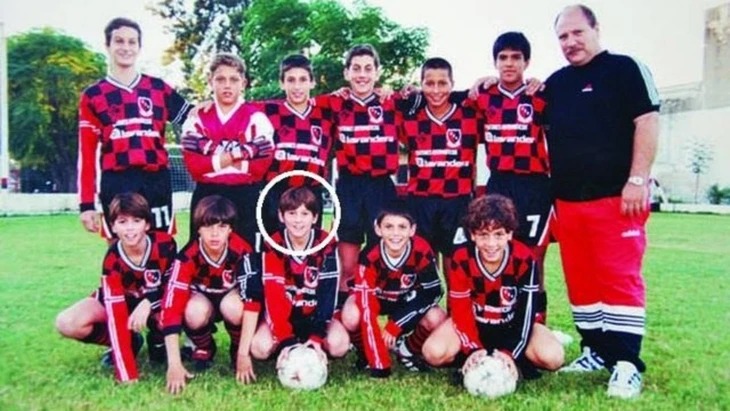
Since childhood, Messi has been used to playing football with his two brothers Rodrigo and Matias. In addition, his rickets disease has forced Messi to always face taller and stronger players.
Similarly, Erling Haaland was also used to playing football with his brother since childhood. And the most famous case of “youngest sibling advantage” in the world of top sports is the case of Serena Williams.
The youngest Williams has four sisters, most of whom are tennis players. Venus Williams is one year older than Serena. Practicing with her taller and more athletic sister helps Serena always put herself in a state of maximum effort.
Why put yourself in adversity?
Cristiano Ronaldo is not the first to adopt this training method. Growing up, he played with his brothers and older friends in his hometown of Madeira.
The concept of “youngest sibling advantage” was mentioned by psychologist Frank J. Sulloway in Born to Rebel . Accordingly, the youngest child often develops a more competitive mindset to assert his position in an environment dominated by older siblings.
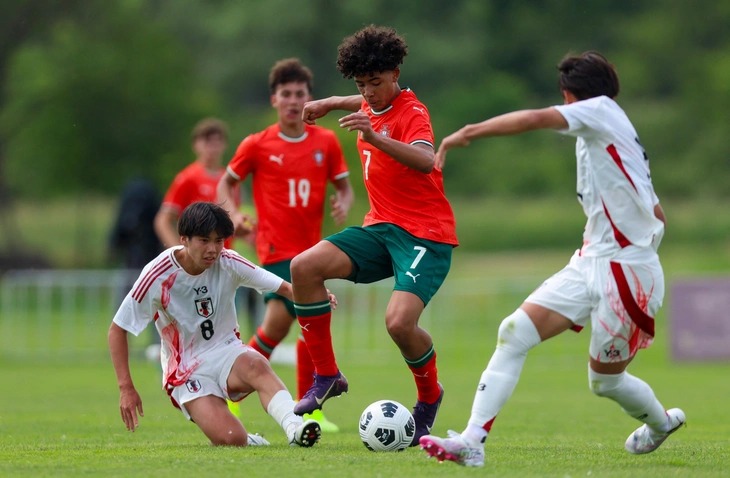
In sports, this is even more evident: children who train with older groups often have faster technical and reflex improvement than their peers.
They learn to adapt, innovate and overcome challenges in adverse conditions – core elements to reaching professional heights.
Some recent scientific studies further support this argument. A report from Sheffield Hallam University (UK) shows that in professional football training centers, the rate of players reaching a higher level appears more in the group that regularly plays with older friends.
Experts explain that a highly challenging environment is the ideal condition for developing comprehensive abilities, from ball handling skills, tactical thinking to competitive psychology.
The difference between playing against your own age and playing against an older group is the tempo, speed and intensity of contact. In a larger environment, players are forced to observe quicker, react more quickly and are not allowed to hesitate.
It is that harshness that creates a solid psychological foundation – something any athlete needs to survive in a top sports environment.
